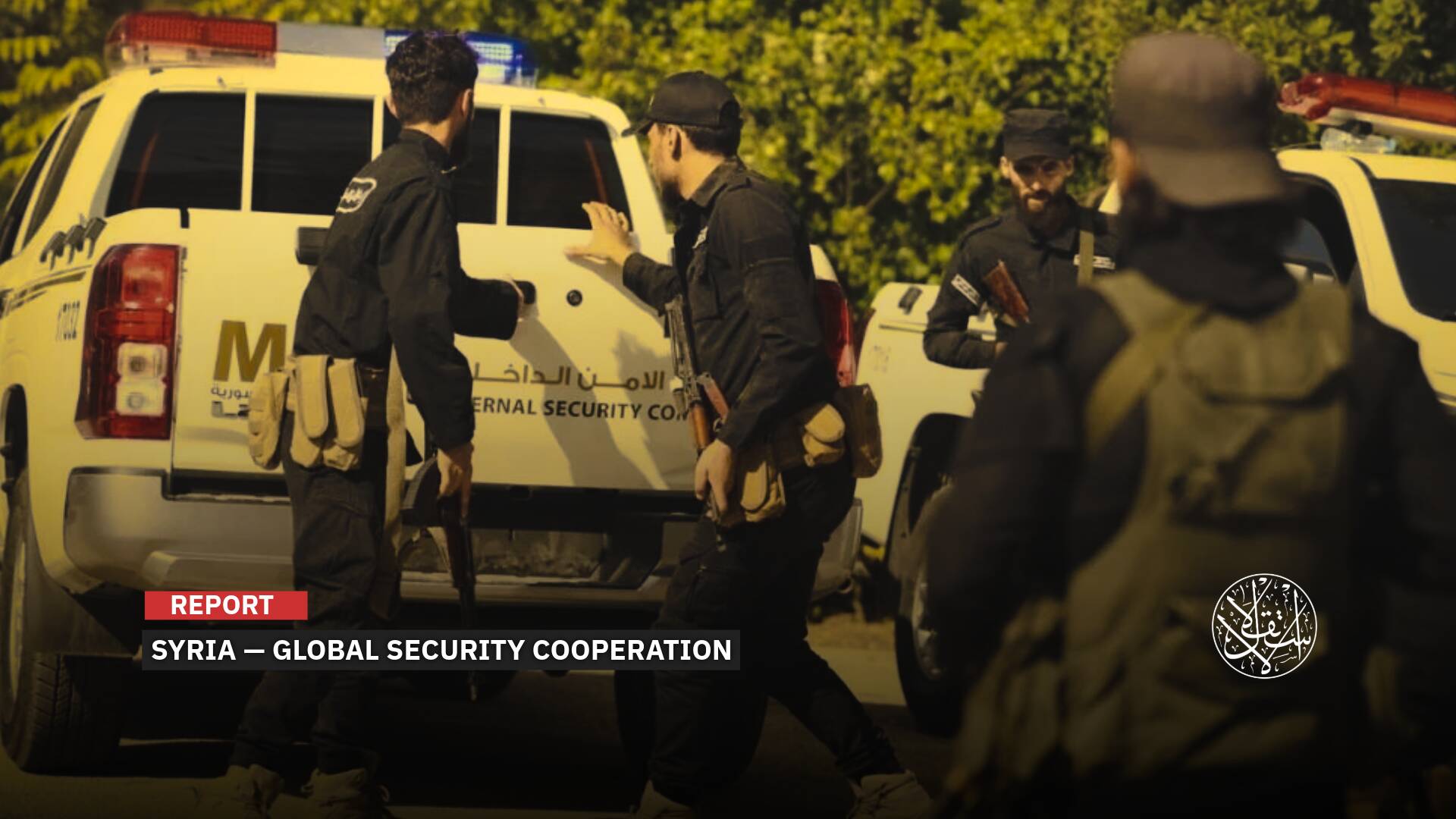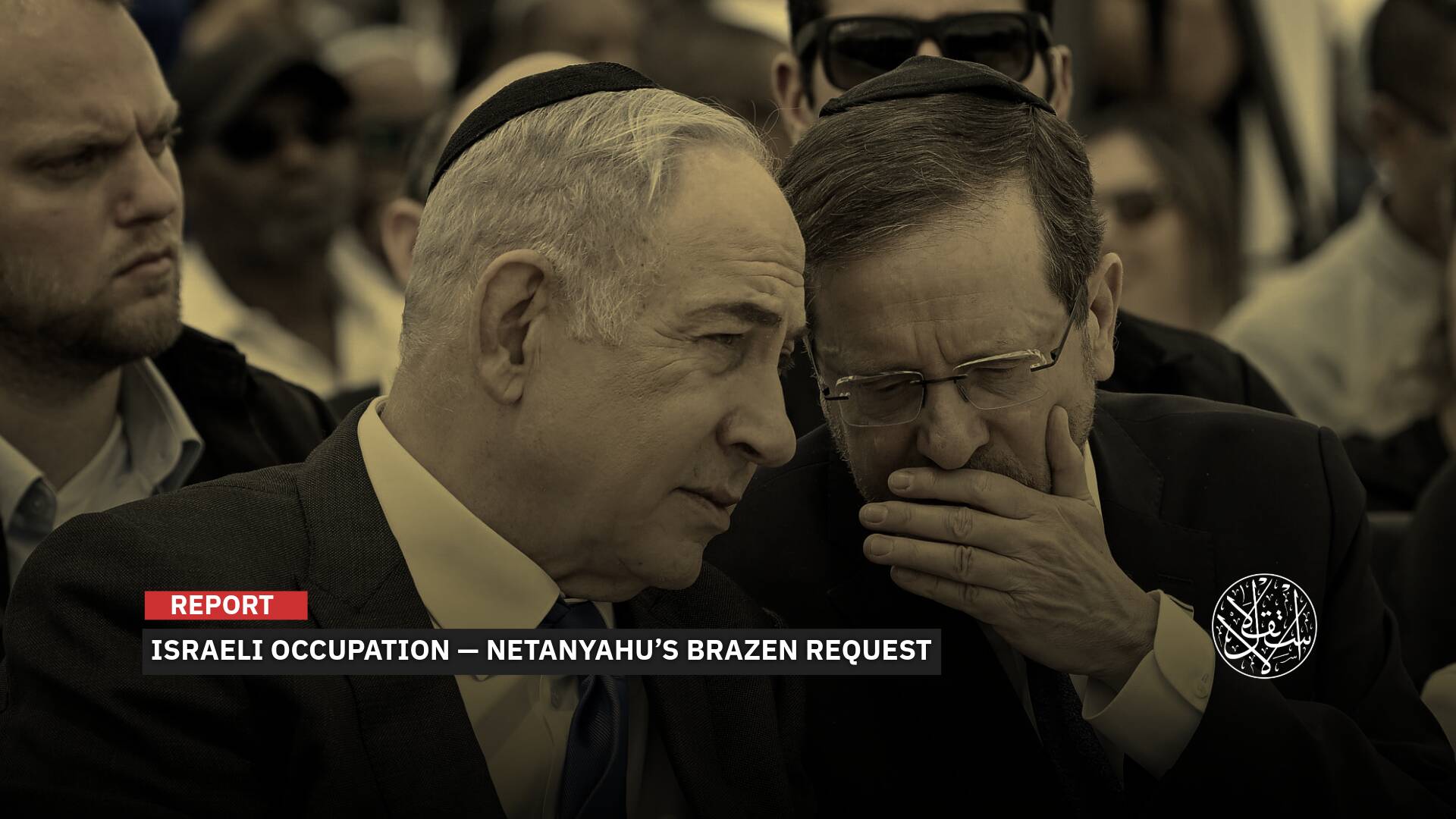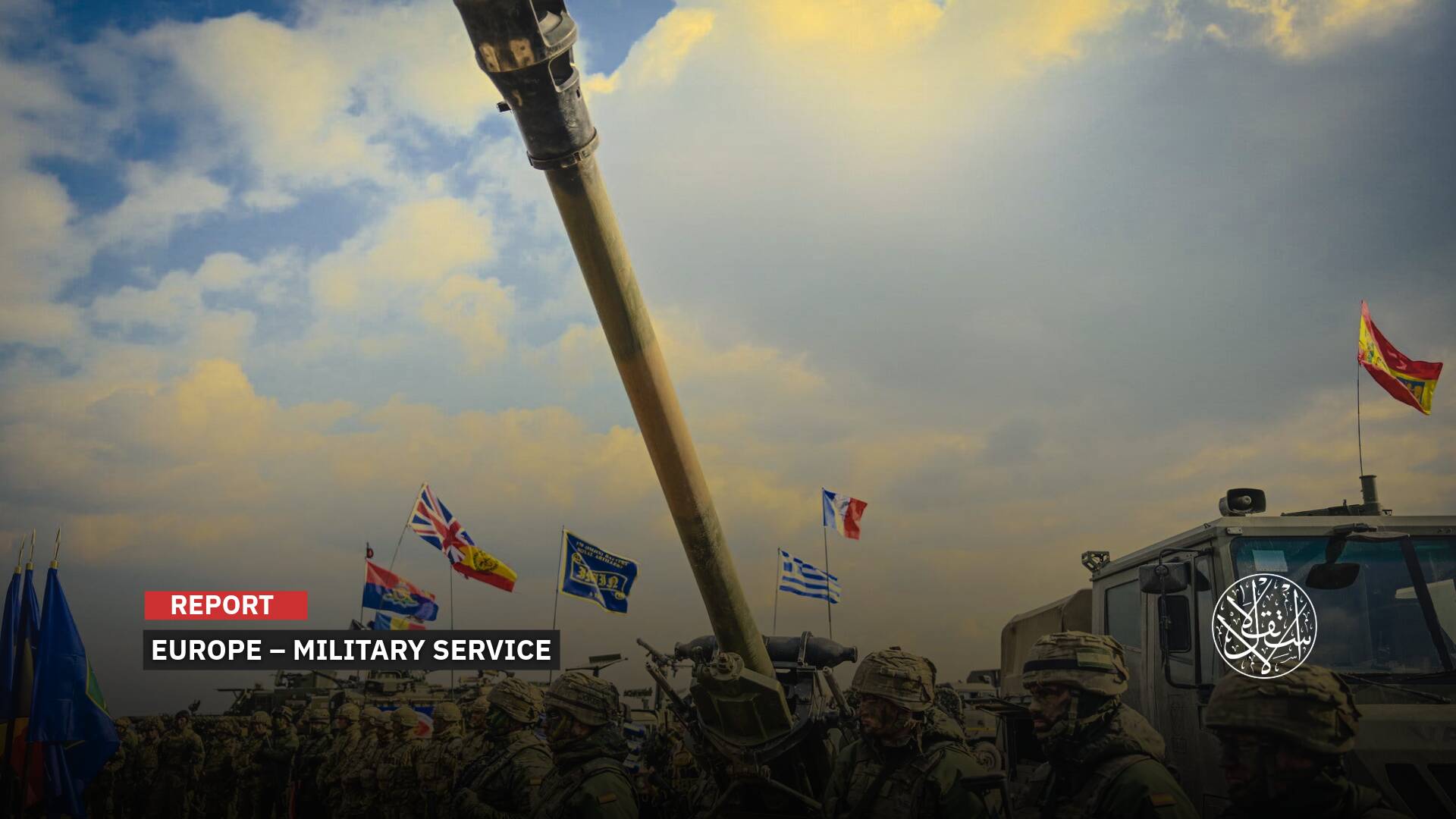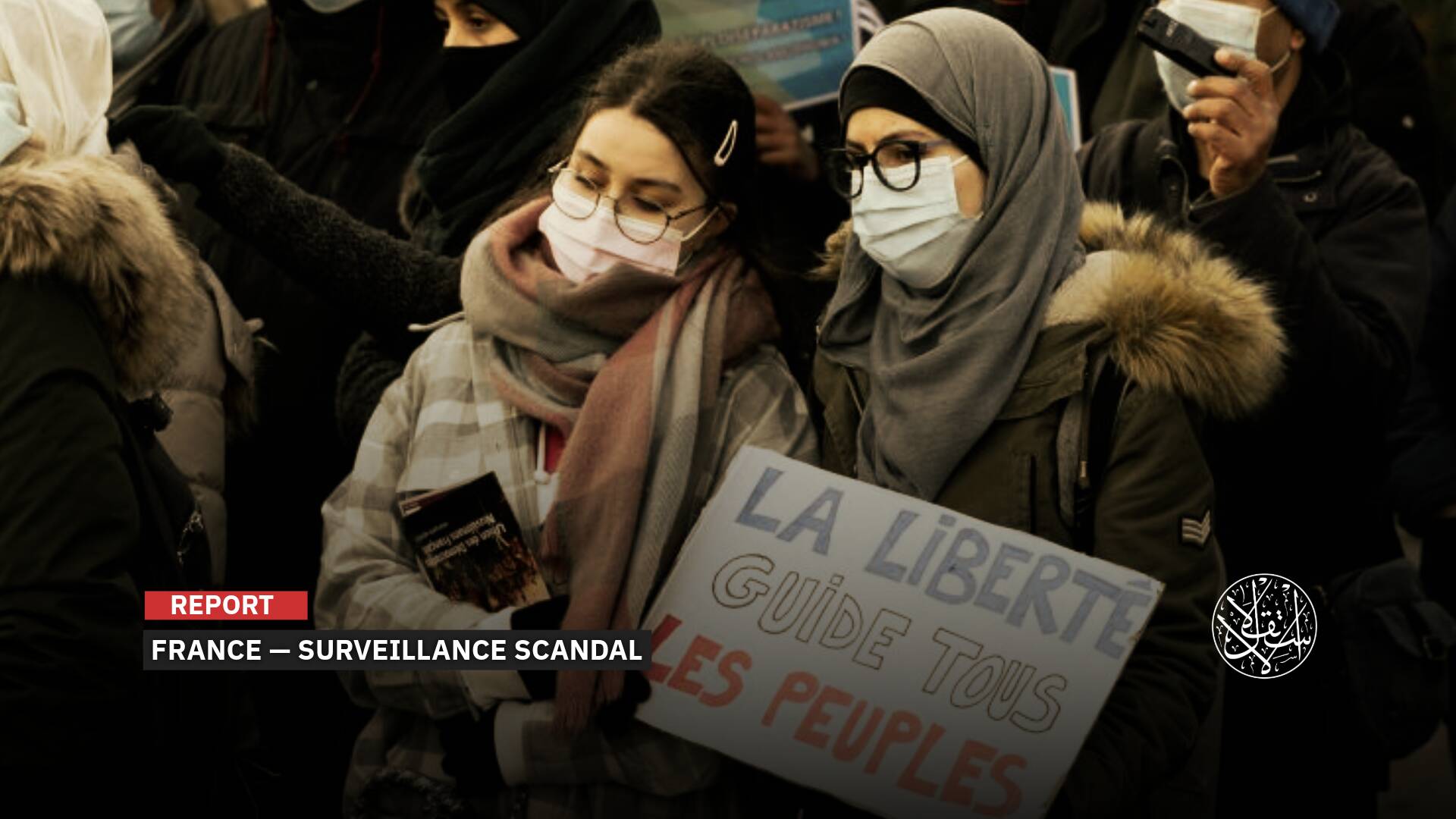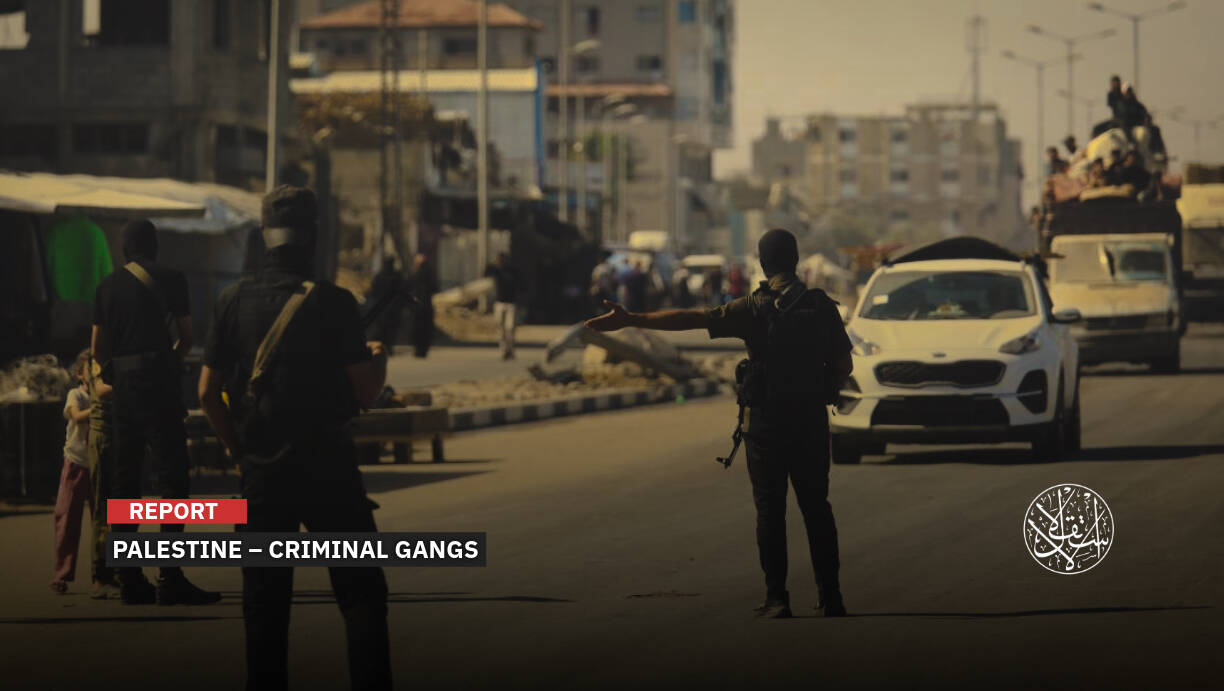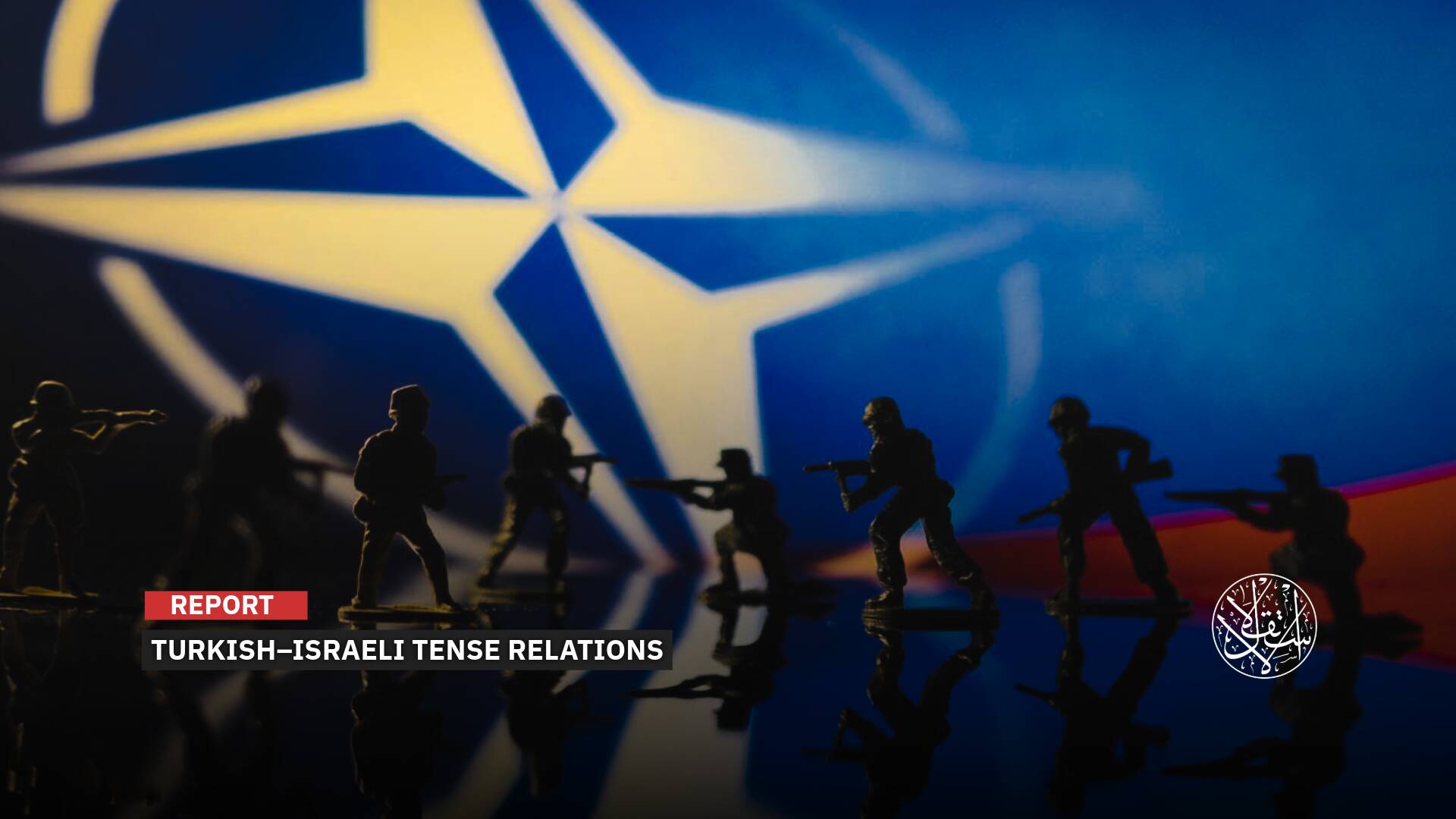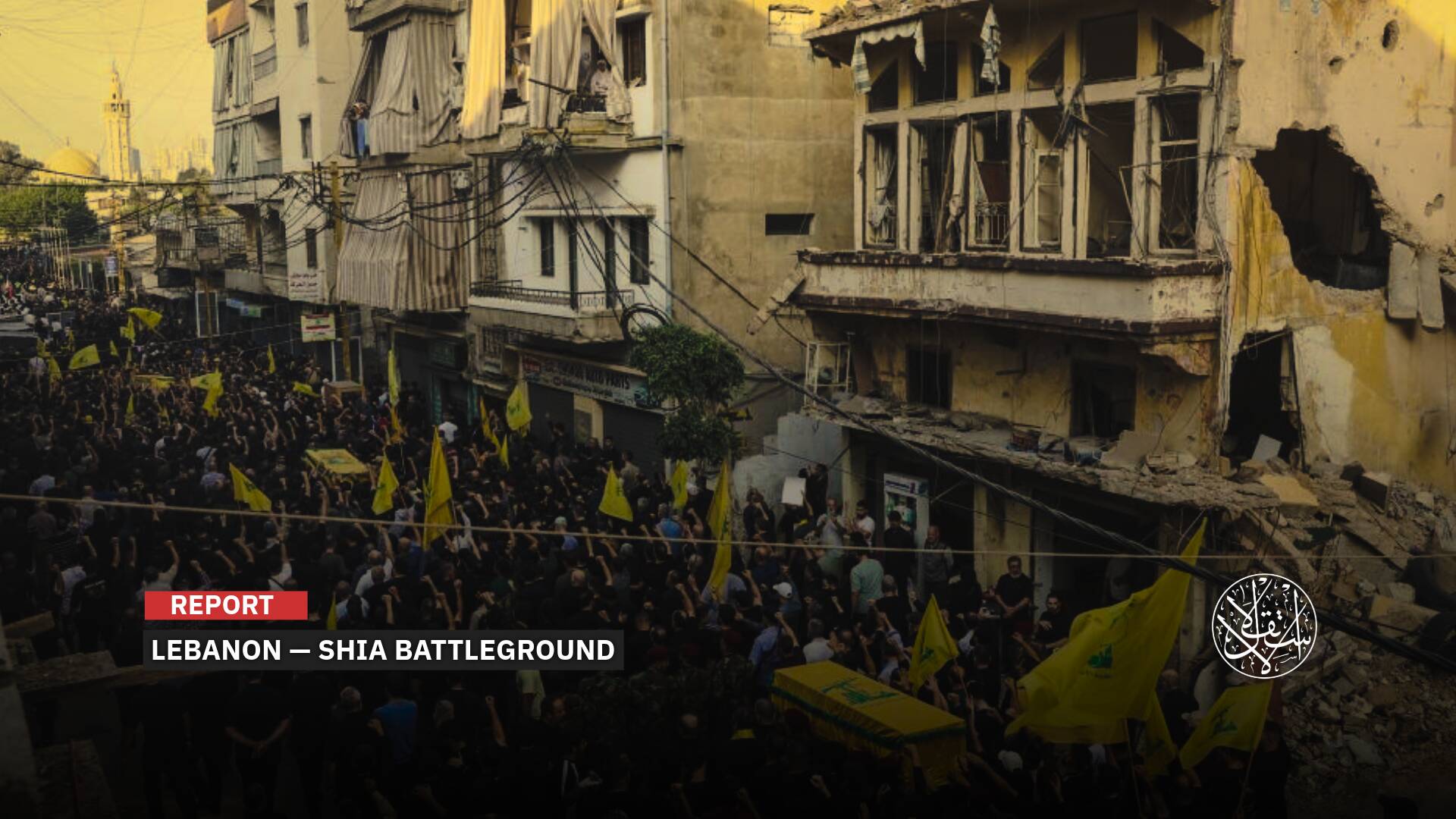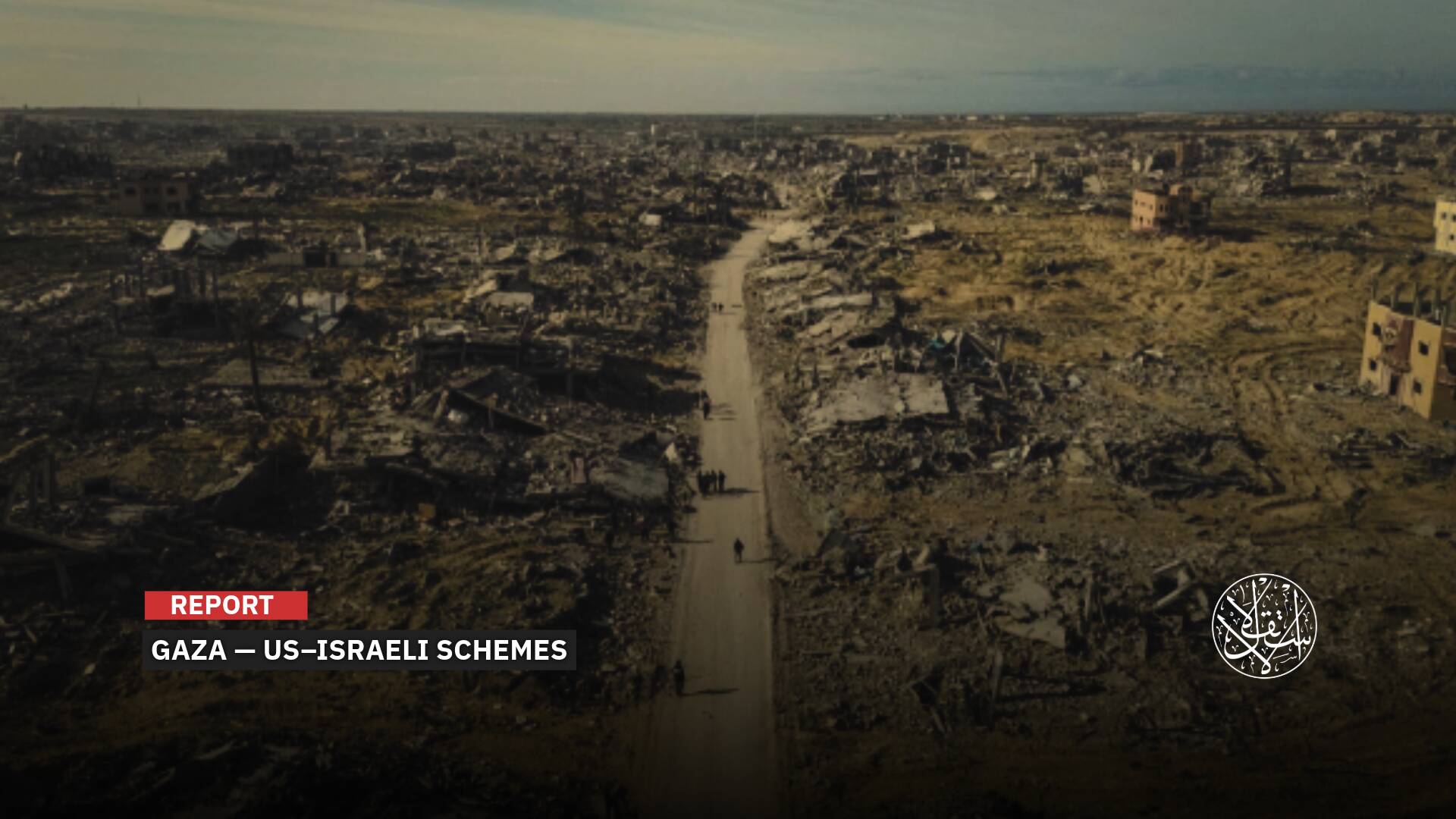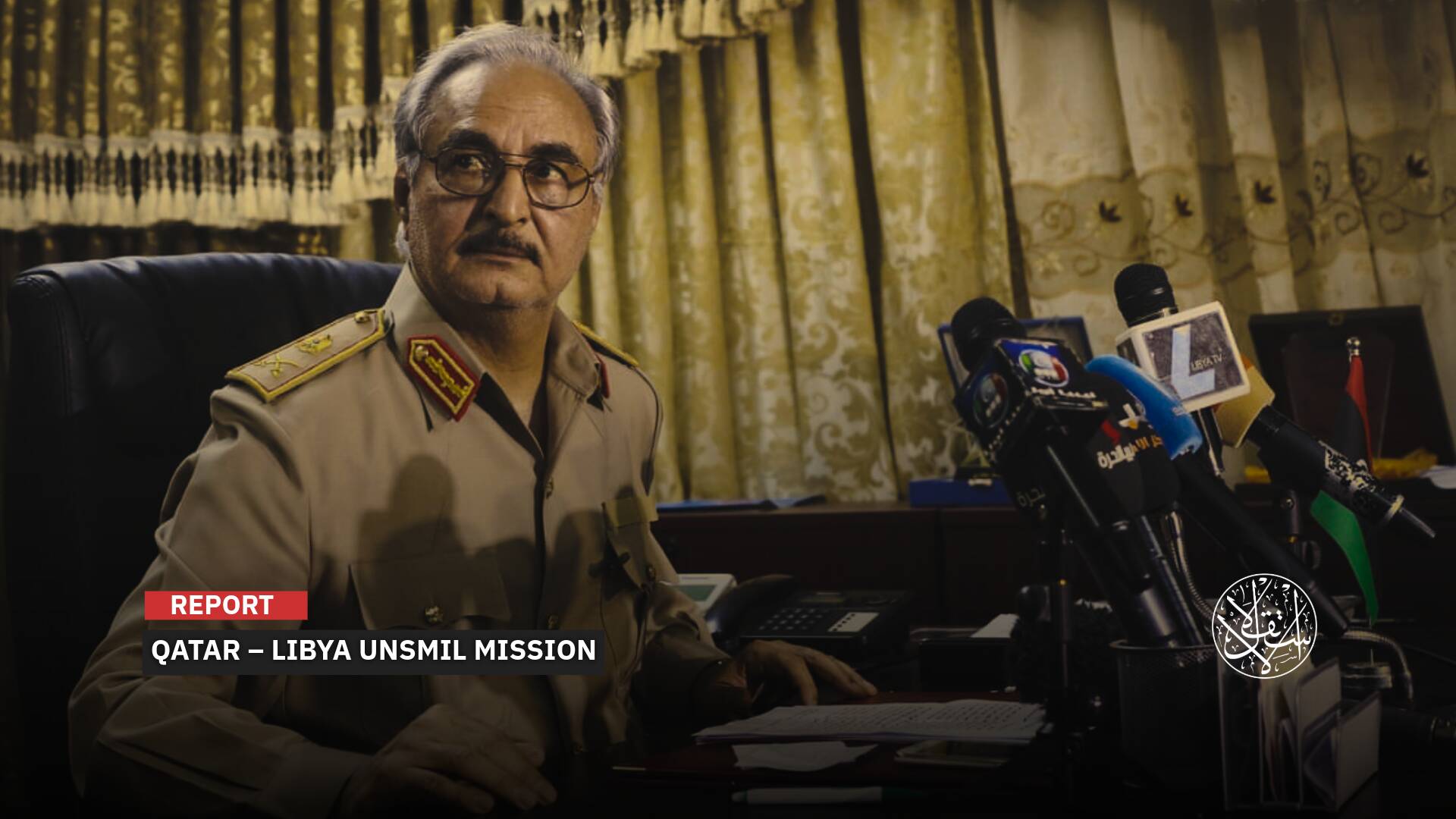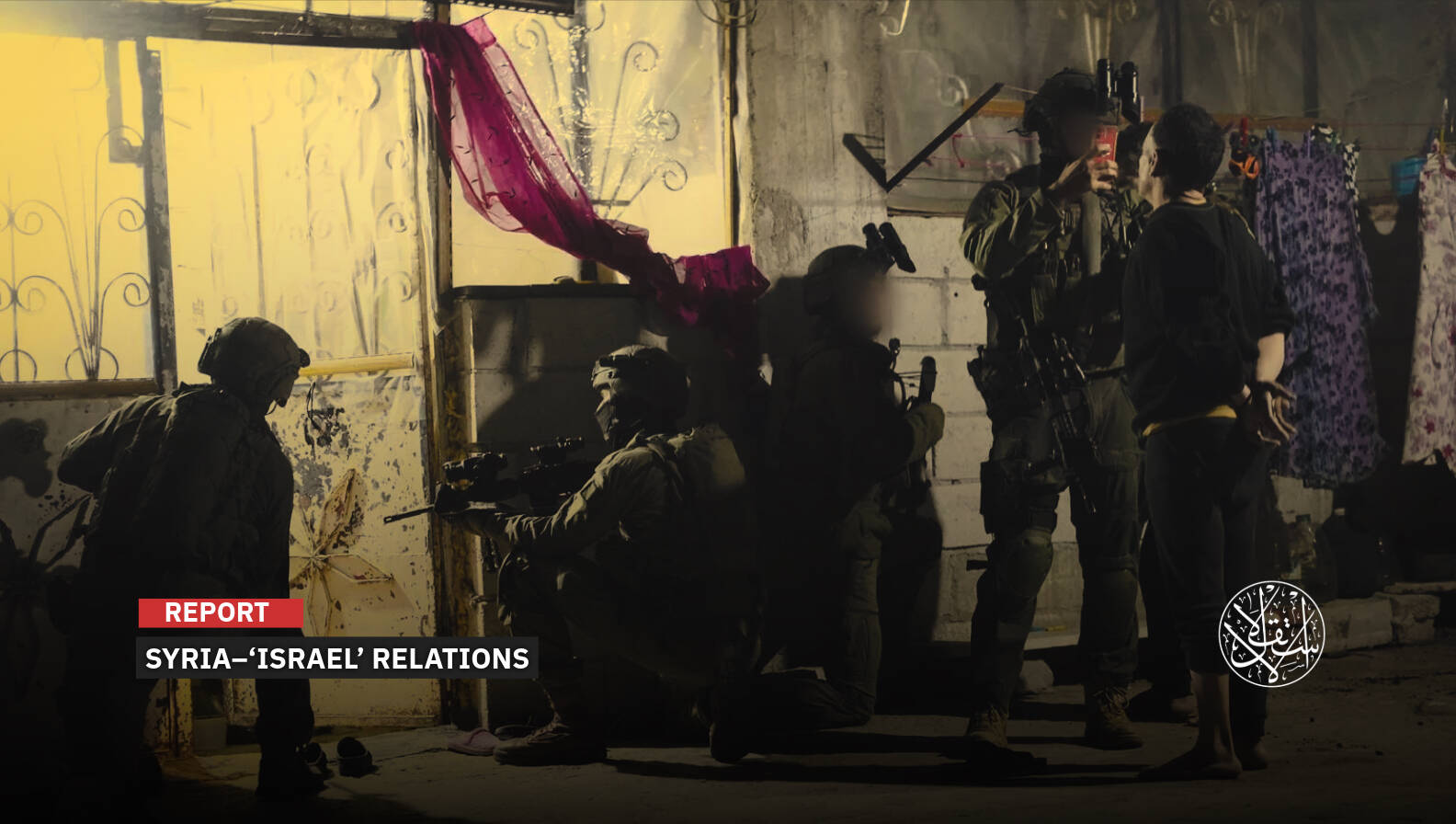Hamas Official: ‘Israel Accepted the Deal Under Pressure and Released Detainees Serving Life Sentences’ (Exclusive)

"Negotiating with the Israeli Occupation is undeniably complex and challenging."
The media director at Hamas's Office of Martyrs and Prisoners, Nahed Al-Fakhouri, confirmed that the resistance has set a price for each Israeli prisoner: one civilian for 30 Palestinian prisoners and one female soldier for 50, including 30 who are serving life sentences.
In an interview with Al-Estiklal, al-Fakhouri revealed that Hamas pushed “Israel” to accept the release of longtime detainees, some jailed before 2000 and others serving multiple life terms.
He accused Israeli prison authorities of escalating abuses against Palestinian detainees since the far-right government took office in 2022, particularly under National Security Minister Itamar Ben-Gvir, who later resigned over the deal.
Al-Fakhouri also cited reports from international organizations documenting sexual abuse against Palestinian detainees in Israeli jails, urging the Palestinian Authority to take legal action.
He reaffirmed Hamas’ commitment to securing the release of as many Palestinians as possible, vowing that no woman or child would be left behind in Israeli jails.
Throughout the interview, al-Fakhouri addressed a range of issues related to Palestinian detainees.

Basic Framework
What are the criteria for selecting detainees to be released in the first and subsequent batches of Operation al-Aqsa Flood deal?
The selection criteria for Palestinian detainees set for release were primarily tied to ceasefire negotiations, halting Israel’s genocide on Gaza, and facilitating a prisoner exchange.
A general framework was agreed upon, categorizing captives into ordinary settlers and soldiers. Under this agreement, each Israeli civilian was exchanged for 30 Palestinian detainees, while female soldiers were traded at a higher price—50 Palestinian detainees, including 30 serving life sentences and 20 with lengthy prison terms.
This framework guided the selection of names, with priority given to those serving long sentences, elderly detainees, children, women, and those in poor health.
Negotiations were highly complex, shaped by mounting pressure and the humanitarian crisis in Gaza. Hamas sought to prioritize these vulnerable groups in the exchange process.
However, after the framework was set, Israel tried to alter the terms by adding names that did not fit the agreed categories. In some cases, individuals classified by the Resistance as ‘soldiers’ were labeled ‘civilians’ by Israel.
To keep the deal on track, Hamas conditionally accepted these ‘manipulations,’ but only in exchange for a higher price—securing the release of more Palestinian detainees, including those serving life or extended sentences.

How are names negotiated for release?
Negotiating with the Israeli Occupation is undeniably complex and challenging. The Israeli side often seeks to release detainees based on its own interests, disregarding the priorities of the Resistance. In such cases, it avoids releasing detainees with long or life sentences, as well as specific groups that need to be freed.
Previous deals with the Israeli Occupation show that Israel tends to release detainees who have only a short time left on their sentences or those whose release is already overdue. These are often delayed and included in what are called ‘deals,’ similar to previous agreements made with other Palestinian factions.
At this stage of negotiations, the selection process is highly meticulous. Each name undergoes thorough scrutiny, with every detainee individually assessed by the Resistance to ensure that Israel releases them based on the Resistance’s criteria and designated lists.
As I said, the negotiations are fraught with difficulties. On several occasions, the talks nearly collapsed due to Israel's intransigence and its failure to meet the Resistance's demands.
In the final round of negotiations, the deal was on the brink of collapse. But at the last moment, Israel agreed to the Resistance’s demand to release a specific group of detainees, including three Palestinians held since before 2000.

‘Clearing the Israeli Jails’
The Resistance seeks to clear the Israeli Occupation’s prisons of detainees. How many detainees are actually still behind bars?
Hamas is determined to free all Palestinian detainees from Israeli jails. However, this objective depends on the developments on the ground and the outcomes of various stages of the prisoner exchange negotiations. Current statistics show that approximately 11,000 Palestinian detainees are held in Israeli prisons.
This figure excludes those arrested from Gaza, whose fate remains uncertain, as Israel employs a policy of enforced disappearance. The Israeli Occupation deliberately conceals the true number of detainees taken from Gaza during military operations, and it remains unclear how many are still detained.
Our estimates suggest that there are thousands of Palestinian detainees from Gaza inside Israeli prisons, with no information disclosed about their identities or health conditions. As I said, the Resistance is relentlessly working toward emptying these jails, and we pray that these negotiations will achieve the stated goal.
Are detainees selected based on affiliation, age, sentences, or location?
The process of negotiation and detainee release, with the ultimate goal of emptying the jails, is something the Resistance aims to achieve regardless of the political affiliations or the backgrounds of the detainees. In the end, they are all detainees, and Israel’s policy toward us as Palestinians remains the same. It is an occupation with a unified approach, differing only in how it is carried out and displayed.
If we examine the matter from the perspective of right-wing versus left-wing politics, we see that the largest settlements in the West Bank and across Palestine were established during left-wing governments, as well as the majority of massacres and wars. The current government, therefore, represents the true face of the Israeli Occupation, and it is no different from its predecessors.
So the Resistance's stance is clear, and its objective is also clear. Unconcerned with the ruling government, it negotiates from a position of power, and these strong cards force the Israeli Occupation to comply with its demands, as evidenced in the first batch of prisoner releases.
The Resistance's leverage in negotiations ensures that it holds the upper hand, compelling the Israeli Occupation to meet its demands reluctantly, with no other options available.
Despite Israel’s relentless pressure over the past 15 months—its killing of civilians, displacement of families, and countless crimes—the Resistance’s position has remained steadfast. It will not yield to the Israeli Occupation’s demands for the release of its prisoners without cost.
The price for these releases is determined by the Resistance, based on the outcomes of negotiations. The Resistance’s demands are well known and cannot be compromised or abandoned.

Is the selection of detainees scheduled for release made proportionally among the factions, with a larger number from Hamas, for example, followed by Jihad, or is it a process carried out without discrimination?
The organizational affiliation of detainees is not a consideration for the Resistance when negotiating their release, as evidenced by the 2011 Wafa al-Ahrar exchange deal, [known to the Israeli Occupation as the Shalit Deal.] This deal resulted in the release of over 1,027 detainees, 450 of whom had high sentences or life sentences, including 300 with life sentences, 150 with long sentences, and 105 with regular sentences.
The exchange included all segments of Palestinian society and detainees from all geographic regions—West Bank, Jerusalem, Gaza, and those from 1948-occupied Palestine.
Even in the current agreement, which was signed and implemented in the first phase, there was diversity in terms of geographic areas, organizational affiliations, and detainee categories, including children, women, and the sick.
I emphasize that organizational affiliation is not a consideration at all. As agreed in this deal, there is a mix of affiliations among Palestinian detainees.
For example, among the released, 229 are from Fatah, 127 of whom are sentenced to life imprisonment, while Hamas, will only have 123 detainees released with life sentences.
This means that the number of released Fatah detainees with life sentences is four more than that of Hamas detainees, which clearly demonstrates that organizational considerations do not play a role. Detainees from Islamic Jihad, the Popular Front, the Democratic Front, and all segments of Palestinian society are included.
The main criteria for the Resistance are high sentences, life sentences, the date of the arrest, and health conditions, along with humanitarian considerations, all of which are independent of organizational or factional considerations, particularly concerning detainees.
We know that a detainee is a Palestinian citizen, a resistant fighter; the Israeli Occupation does not differentiate between Palestinians. Therefore, these organizational considerations are not relevant in this specific context.
How many Palestinian female detainees have long sentences, and how are negotiations handled for their release?
Before the first phase of the swap deal was implemented, the number of female detainees had exceeded 90.
This figure excludes some female detainees from Gaza, as the Israeli Occupation, as I said, conceals their names and does not provide accurate information about them. However, the documented numbers, with names provided, exceed 90.
Among the Palestinian female detainees is Shatila Abu Ayada, sentenced to 15 years, from occupied Palestinian territories.
When the Resistance negotiates for detainees, especially the female and young detainees under the age of sixteen, it demands the release of all of them, without any specific criteria.
Certainly, the issue of female detainees is a red line for the Resistance, representing the entire Palestinian population. Therefore, there is no distinction based on sentence or any other criteria. The demand is for the release of all female and young detainees.

Dangerous Policy
How many children are currently detained in Israeli prisons, and will the al-Aqsa Flood deal lead to their release, along with women? What efforts are being made to achieve this?
Regarding the role we play or the support we provide in the legal and media aspects of the detainees issue, as I mentioned earlier, the Palestinian detainees' cause is a priority for all of our people.
Therefore, there is no occasion, event, or situation without the detainees’ issue being at the top of the agenda. We have a specialized office for detainees’ affairs, called the Detainees and Martyrs Media Office, which follows up on violations and crimes committed against detainees.
There are international organizations that support Palestinian detainees, monitoring human rights and legal issues and documenting the violations committed by the Israeli Occupation.
However, the issue of detainees and violations truly requires greater international effort, particularly from official international institutions. It also requires more action from the Palestinian Authority, especially since it has official diplomatic relationships and representative capacities worldwide.
The crimes committed against detainees have surpassed all limits, international norms, and humanitarian laws. So it is essential for all concerned parties, and anyone with a free voice, to stand with this cause and do whatever they can to help them. Exposing the crimes of the Israeli Occupation and revealing the scale of abuses committed against detainees is crucial. These crimes are numerous and severe, not limited to after October 7, 2023, but also occurred before that date.
However, the violations have intensified since the far-right extremist government took control in 2022, enacting a series of laws and decisions pushed by extremist figures before their resignation from the government.
Some of the most significant violations include depriving detainees of proper medical treatment, worsening detention conditions, reducing food and water rations, and limiting detainees’ access to showers, with some only allowed two minutes for bathing at most.
There has also been an increase in the frequency of raids on detainees’ cells, strip searches, humiliation, and solitary confinement, all of which intensified after October 7, 2023, creating even more tragic conditions.
Leaked information has exposed these violations, revealing the extent of the crimes against detainees, along with testimonies from those released who have shared horrifying accounts of what they endured, and these crimes continue.
Soldiers deliberately strip detainees when transferring them from detention centers, insisting that they remain naked for hours in prison yards or waiting areas in humiliating postures that violate basic human dignity and sometimes even decency.
Prison authorities count detainees four to five times a day and inspect the cells and walls to ensure there are no ‘disturbances.’
They use these checks as a pretext to abuse detainees, leading to broken bones and teeth as a result of physical assault.
The policy of starvation is perhaps the most dangerous to the detainees’ lives, violating all international norms and laws. Detainees face severe food deprivation, with minimal, poor-quality meals, some unfit for consumption. As a result, most of them, without exception, lose between 20 to 35 kilograms due to the lack of proper nutrition.
Detainees endure further humiliation, with some forced to place their heads in toilets or adopt degrading positions like kneeling during counts. Many are made to sleep on the cold ground without bedding or blankets, deprived of the most basic necessities, alongside facing medical violations.
Testimonies from doctors affiliated with the Israeli Occupation who examined detainees in various camps confirm that amputations were carried out without providing treatment or anesthesia. For instance, many detainees were left in the same clothes they wore when arrested, without being replaced for many months.
There are also reports of sexual crimes against them. A UN report published on February 19, 2024, highlighted sexual assaults against detainees, as well as executions inside the prisons.
Since October 7, more than 50 Palestinian detainees have died in Israeli jails due to direct torture and killing by Israeli soldiers and officers.
What is your stance on the harsh treatment of released detainees, the harassment of their families, and the delays in their liberation?
The Israeli Occupation continuously seeks to undermine detainees even after their release, threatening and terrorizing their families, raiding their homes to prevent celebrations or even any sign of achievement resulting from the Resistance's exchange operations. Israel understands that this issue is sensitive and wants to conceal its failure and overshadow the Palestinian joy of detainee releases.
This issue was present on the negotiation table, and we raised concerns with the mediators about the harassment, threats, and delays in releasing detainees, as it constitutes a violation of the agreements reached.
For instance, during the previous phase, there were delays in the release of detainees by the Israeli Occupation. However, the Resistance, on its part, will certainly play a role regarding this matter, and we cannot allow the Israeli Occupation to continue these actions, which violate the agreements.
Therefore, we leave this matter for future evaluations and stages, and the situation will be assessed carefully and appropriately, with the right course of action taken based on the developments.


